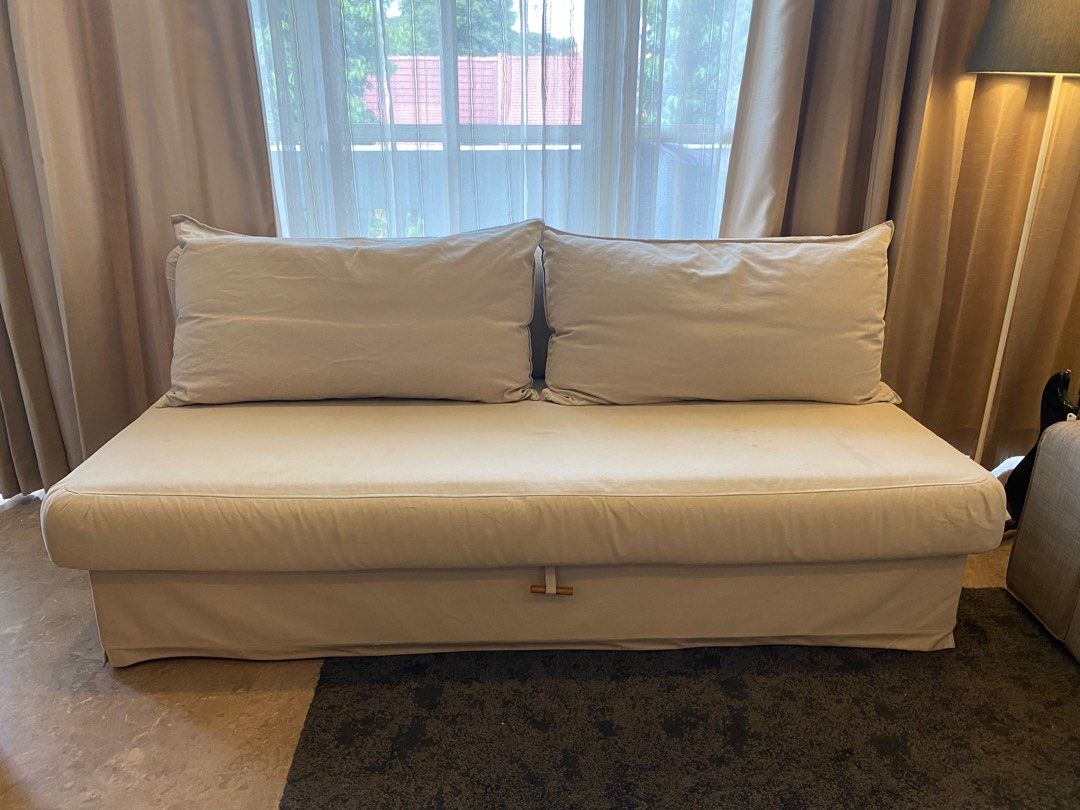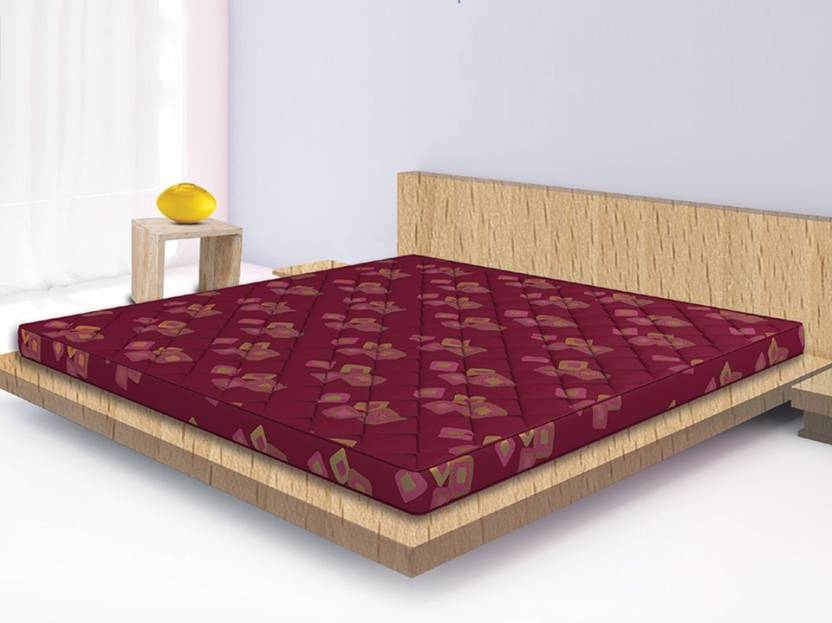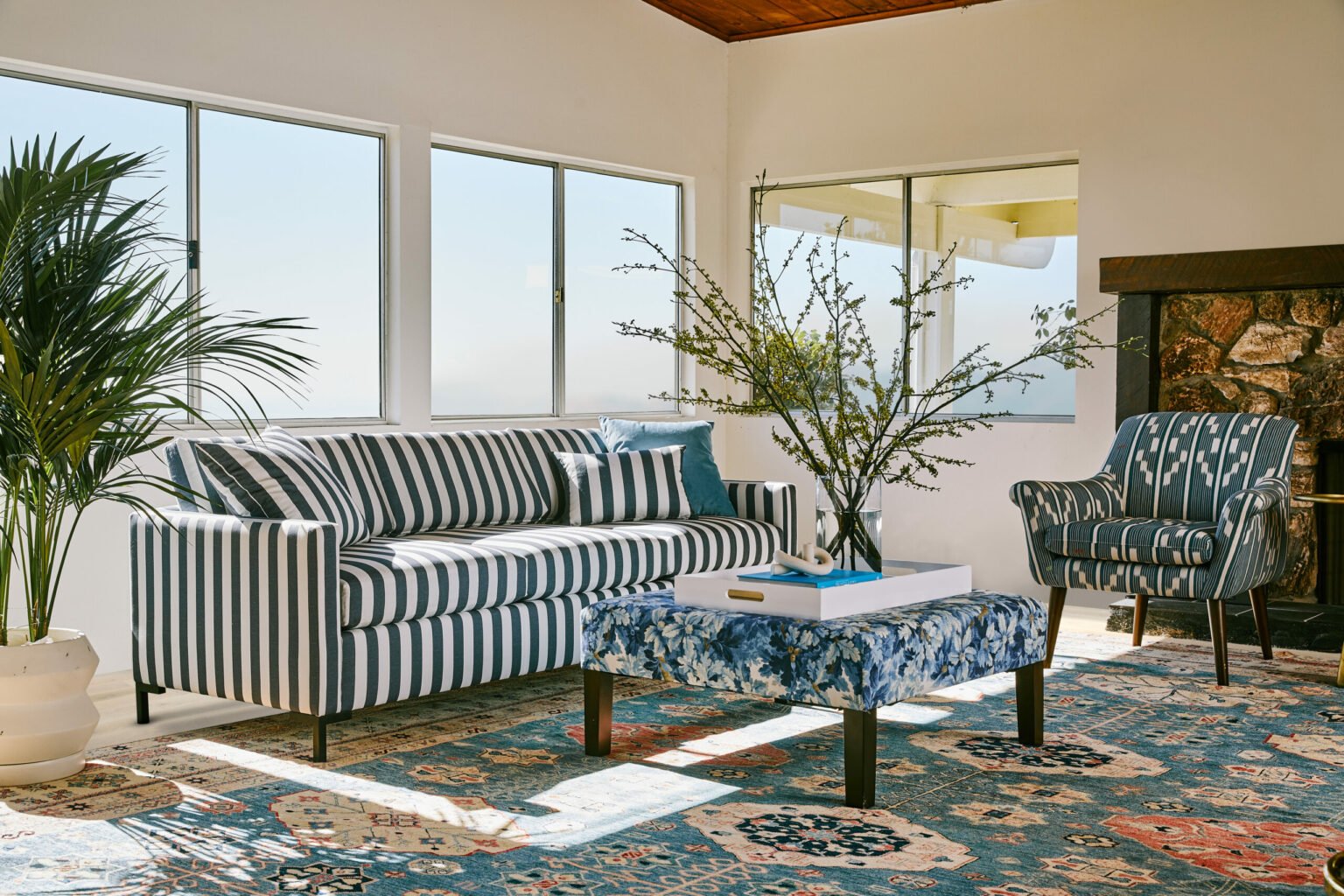Color Psychology: How to Choose the Right Colors for Your Living Room
When it comes to designing your living room, choosing the right colors can make all the difference in creating a space that is inviting, comfortable, and reflective of your personal style. But with so many color options to choose from, it can be overwhelming to make a decision. That's why understanding color psychology and following some key tips can help you choose the perfect colors for your living room. Here's what you need to know:
10 Tips for Choosing the Perfect Colors for Your Living Room
1. Consider the mood you want to create. Colors have the power to evoke certain emotions, so think about the overall feeling you want your living room to have. Do you want it to be calming and relaxing, or lively and energetic?
2. Look to nature for inspiration. Nature provides a beautiful color palette that can serve as a starting point for your living room design. Think about the colors of the sky, sea, and earth that you are drawn to.
3. Take into account the size of your living room. Darker colors can make a space feel smaller, while lighter colors can make it feel more open and spacious. Consider the size of your living room when choosing colors.
4. Stick to a cohesive color scheme. Choose a few main colors and incorporate them throughout the room, rather than using a different color for every element. This will create a more cohesive and visually pleasing look.
5. Use color theory to your advantage. The color wheel is a helpful tool for understanding how different colors work together. Complementary colors (opposites on the wheel) can create a vibrant and balanced look, while analogous colors (next to each other on the wheel) can create a harmonious and calming atmosphere.
6. Consider the lighting in your living room. Natural light can change the way colors look, so be sure to test out paint samples in your living room at different times of day to see how they appear in different lighting.
7. Don't be afraid to go bold. While neutral colors can create a timeless and versatile look, don't shy away from using bold colors to add personality and interest to your living room. Just make sure to balance them out with neutral accents.
8. Use accent colors strategically. Accent colors can add depth and dimension to your living room design, but be careful not to overdo it. Stick to a few well-placed accents rather than using too many different colors.
9. Consider the function of your living room. The colors you choose should also reflect how you use your living room. For example, if it's a space for relaxation and unwinding, choose calming colors. If it's a space for entertaining, consider using more vibrant colors.
10. Trust your instincts. At the end of the day, your living room should reflect your personal style and make you feel happy and comfortable. Don't be afraid to trust your own taste and instincts when it comes to choosing colors.
The Dos and Don'ts of Choosing Colors for Your Living Room
DO: Experiment with different shades. Don't be afraid to try out different shades of the same color to find the perfect one for your living room.
DON'T: Choose colors solely based on trends. Trends come and go, so focus on what you love rather than what's currently popular.
DO: Consider the colors of your existing furniture and decor. Your colors should complement and enhance what you already have in your living room.
DON'T: Use too many different colors. Stick to a few main colors and accents to create a cohesive and visually pleasing look.
DO: Take your time. Choosing colors for your living room shouldn't be rushed. Take your time to consider different options and test out paint samples.
DON'T: Forget about the ceiling. The ceiling is often overlooked, but painting it a different color than the walls can add a unique touch to your living room.
5 Color Schemes to Consider for Your Living Room
1. Warm and Cozy: Shades of warm neutrals like beige, tan, and cream create a cozy and inviting atmosphere. Add pops of color with accents in shades of red or orange.
2. Cool and Calming: Shades of cool blues and greens can create a peaceful and relaxing living room. Add warmth with accents in shades of yellow or orange.
3. Timeless and Versatile: A neutral color scheme of whites, grays, and blacks can create a timeless and versatile look that can easily be updated with different accents and decor.
4. Bold and Vibrant: For a lively and energetic living room, consider a colorful scheme with vibrant shades like pink, purple, and teal. Use neutral accents to balance out the bold colors.
5. Earthy and Natural: Shades of earthy greens and browns can create a calming and natural feel in your living room, perfect for those who love the outdoors. Add pops of color with accents in shades of red or orange.
Choosing the Best Paint Colors for Your Living Room: A Step-by-Step Guide
Step 1: Determine the mood you want to create.
Step 2: Choose a color scheme (warm, cool, neutral, etc.)
Step 3: Consider the size and lighting of your living room.
Step 4: Test out paint samples in different lighting.
Step 5: Choose a main color and a few accent colors.
Step 6: Paint a small area of your living room to see how the colors look in the space.
Step 7: Make any necessary adjustments or changes.
Step 8: Paint your living room and enjoy your newly designed space!
How to Use a Color Wheel to Choose Colors for Your Living Room
The color wheel is a helpful tool for understanding how different colors work together and can make choosing colors for your living room much easier. Here's how to use it:
1. Start with your main color. This will be the dominant color in your living room.
2. Find the complementary color. This is the color directly opposite your main color on the color wheel.
3. Consider using analogous colors. These are the colors next to your main color on the color wheel and can create a harmonious and cohesive look.
4. Use accent colors sparingly. Choose a few accent colors that complement your main color and use them sparingly throughout the room.
Creating a Cohesive Color Palette for Your Living Room: Tips and Tricks
1. Stick to a few main colors and use them throughout the room.
2. Use texture to add interest to a monochromatic color scheme.
3. Mix and match patterns in the same color family for a cohesive look.
4. Use a neutral color as a base and add pops of color with accents and decor.
5. Consider adding metallic accents for a touch of glamour and sophistication.
Neutral vs. Bold: Which Color Scheme is Right for Your Living Room?
Neutral color schemes are timeless and versatile, making them a safe choice for those who want a more subtle look. Bold color schemes, on the other hand, add personality and interest to a living room. Ultimately, the choice depends on your personal style and the mood you want to create in your living room.
Using Accent Colors to Add Interest to Your Living Room Design
Accent colors can add depth and dimension to your living room design. Here are some ways to use them:
1. Use throw pillows in different colors and patterns.
2. Incorporate artwork and decorative objects in contrasting colors.
3. Add a bold rug to break up a neutral color scheme.
4. Paint an accent wall in a bold color.
Maximizing Natural Light: How to Choose Colors for a Dark Living Room
If your living room doesn't get much natural light, choosing the right colors can help brighten up the space. Here are some tips:
1. Stick to lighter colors to reflect light and make the room feel more spacious.
2. Choose a color with a glossy finish to reflect light.
3. Use mirrors to bounce light around the room.
4. Incorporate pops of bright colors to add interest and energy to the space.
How to Choose the Perfect Colors for Your Living Room

Creating a Cohesive Color Scheme
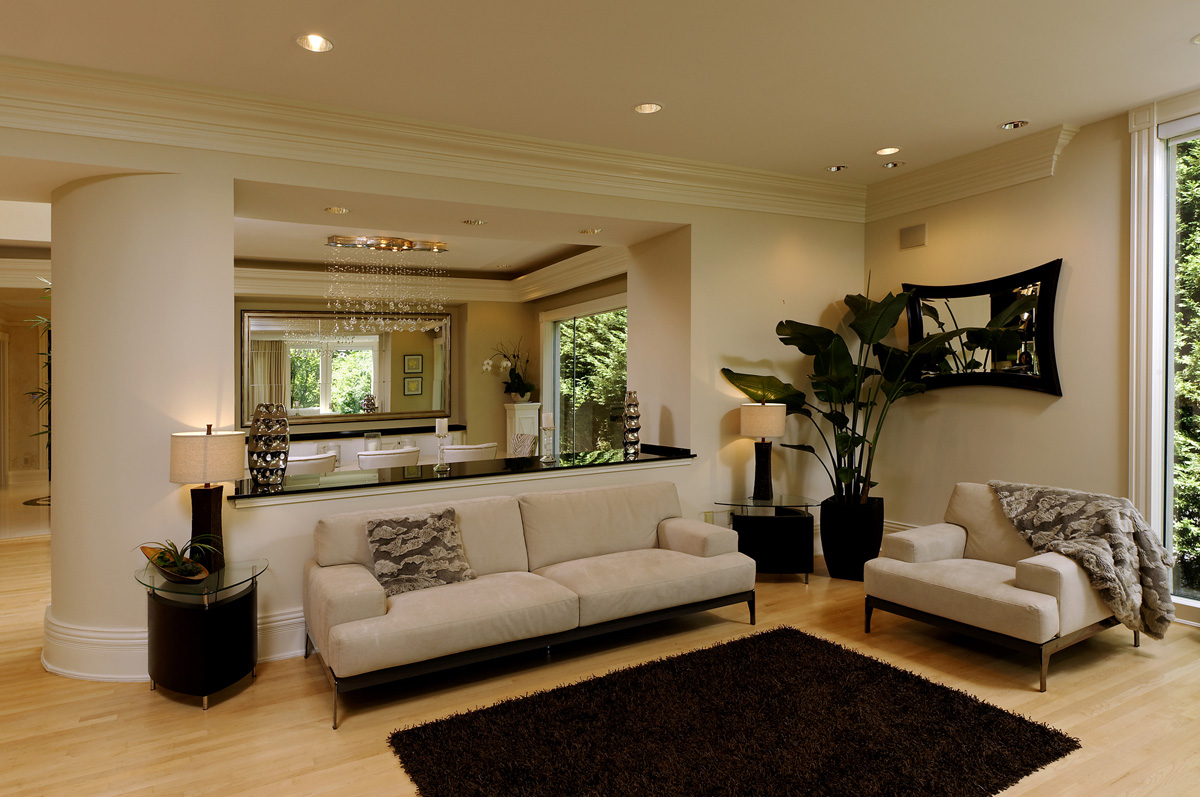 When it comes to designing your living room, one of the most important aspects to consider is the color scheme. The colors you choose will set the tone for the entire room and can greatly impact the overall aesthetic and ambiance. Therefore, it is crucial to carefully select the right colors that will not only complement each other but also reflect your personal style.
First and foremost,
consider the purpose of your living room. Is it a place for relaxation and unwinding, or is it a space for entertaining guests? This will help guide your color choices, as different colors evoke different emotions and moods. For a calming and serene atmosphere, opt for cool colors such as blues, greens, and purples. If you want a more energetic and lively space, warm colors like reds, yellows, and oranges would be more suitable.
When it comes to designing your living room, one of the most important aspects to consider is the color scheme. The colors you choose will set the tone for the entire room and can greatly impact the overall aesthetic and ambiance. Therefore, it is crucial to carefully select the right colors that will not only complement each other but also reflect your personal style.
First and foremost,
consider the purpose of your living room. Is it a place for relaxation and unwinding, or is it a space for entertaining guests? This will help guide your color choices, as different colors evoke different emotions and moods. For a calming and serene atmosphere, opt for cool colors such as blues, greens, and purples. If you want a more energetic and lively space, warm colors like reds, yellows, and oranges would be more suitable.
Utilizing the Color Wheel
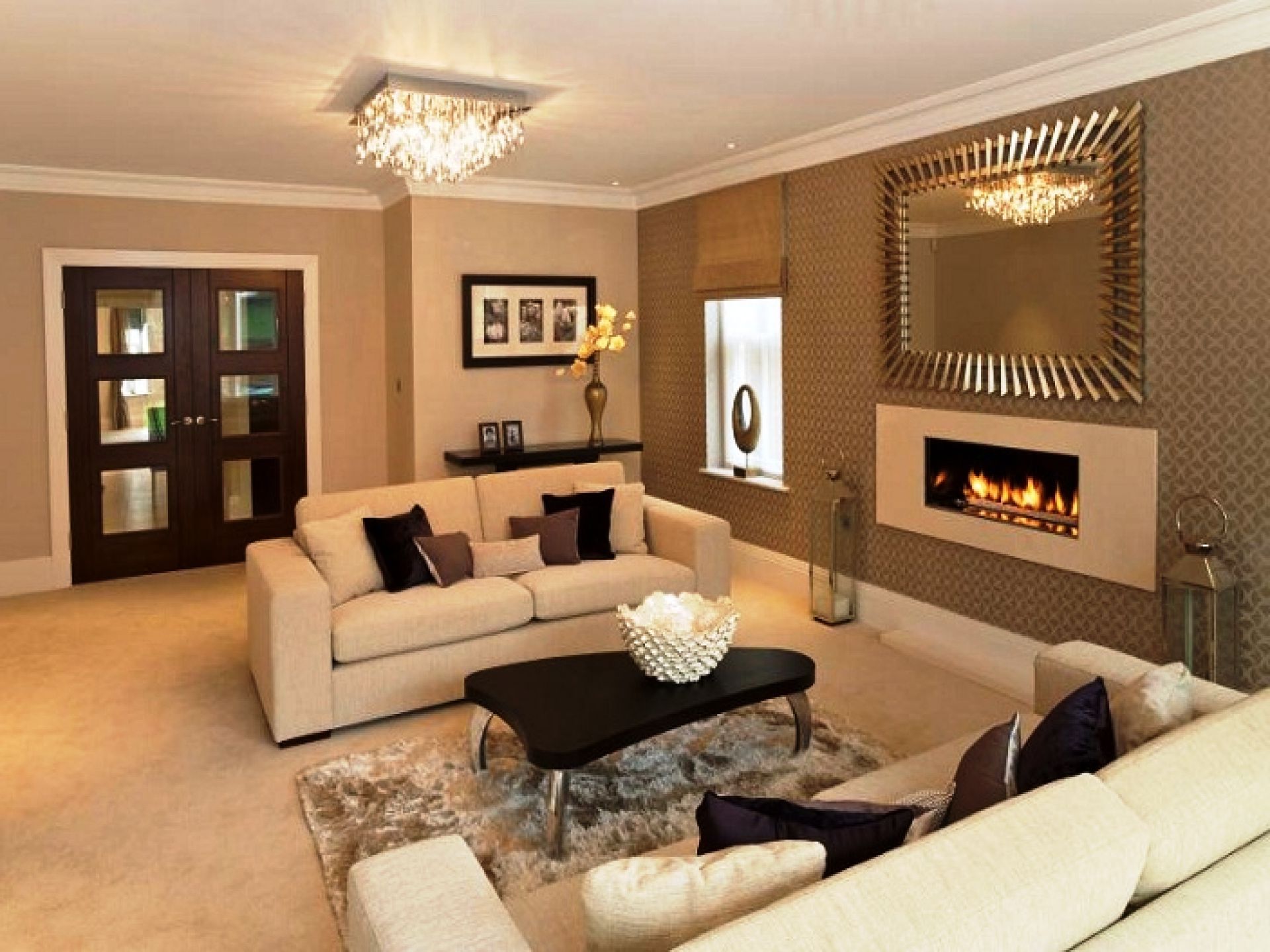 Next,
take a look at the color wheel. This tool can be extremely helpful in choosing complementary colors that work well together. Complementary colors are those that are opposite each other on the wheel, such as blue and orange or red and green. These combinations create a high contrast and can make a bold statement in your living room. However, if you want a more harmonious look, opt for analogous colors, which are next to each other on the wheel, such as blue and purple or red and pink.
Next,
take a look at the color wheel. This tool can be extremely helpful in choosing complementary colors that work well together. Complementary colors are those that are opposite each other on the wheel, such as blue and orange or red and green. These combinations create a high contrast and can make a bold statement in your living room. However, if you want a more harmonious look, opt for analogous colors, which are next to each other on the wheel, such as blue and purple or red and pink.
Considering the Lighting
 Another important factor to consider is
the lighting in your living room. Natural light can greatly affect how colors appear in a space. If you have a lot of natural light, you may want to opt for cooler colors to balance out the warmth. On the other hand, if your living room lacks natural light, warmer colors can help create a cozy and inviting atmosphere.
Another important factor to consider is
the lighting in your living room. Natural light can greatly affect how colors appear in a space. If you have a lot of natural light, you may want to opt for cooler colors to balance out the warmth. On the other hand, if your living room lacks natural light, warmer colors can help create a cozy and inviting atmosphere.
Adding Accents and Patterns
 Lastly,
don't be afraid to add accents and patterns to your living room color scheme. This can help add depth and interest to the space. Consider incorporating
featured keywords
like throw pillows, rugs, or artwork that incorporate pops of color to tie the room together.
Related main keywords
, such as stripes, florals, or geometric patterns, can also add texture and visual appeal to the room.
In conclusion, choosing the perfect colors for your living room is a crucial step in creating a beautiful and cohesive space. By considering the purpose of the room, utilizing the color wheel, taking into account lighting, and incorporating accents and patterns, you can create a color scheme that reflects your personal style and sets the desired mood for your living room. With these tips in mind, you can confidently choose the perfect colors for your living room and create a space that you will love to spend time in.
Lastly,
don't be afraid to add accents and patterns to your living room color scheme. This can help add depth and interest to the space. Consider incorporating
featured keywords
like throw pillows, rugs, or artwork that incorporate pops of color to tie the room together.
Related main keywords
, such as stripes, florals, or geometric patterns, can also add texture and visual appeal to the room.
In conclusion, choosing the perfect colors for your living room is a crucial step in creating a beautiful and cohesive space. By considering the purpose of the room, utilizing the color wheel, taking into account lighting, and incorporating accents and patterns, you can create a color scheme that reflects your personal style and sets the desired mood for your living room. With these tips in mind, you can confidently choose the perfect colors for your living room and create a space that you will love to spend time in.

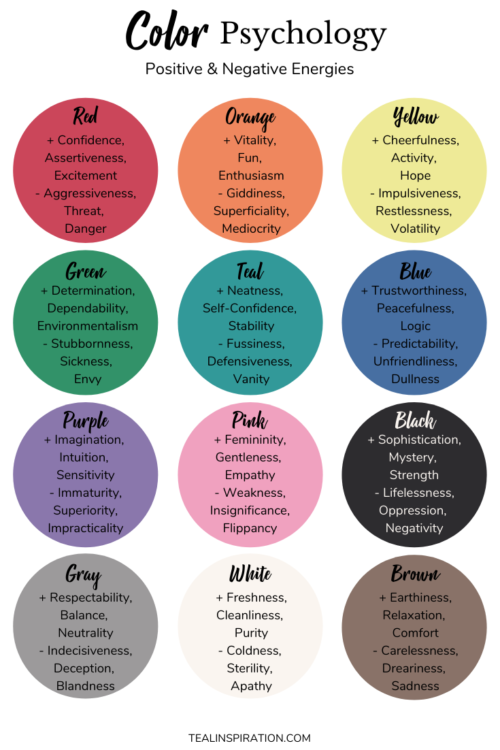


:extract_focal()/https://pocket-syndicated-images.s3.amazonaws.com/articles/5304/1596722483_at_housetours_2019-06_VivY-RhiannonSouthwell_AT_rhiannon_vivyapp-12.jpg)




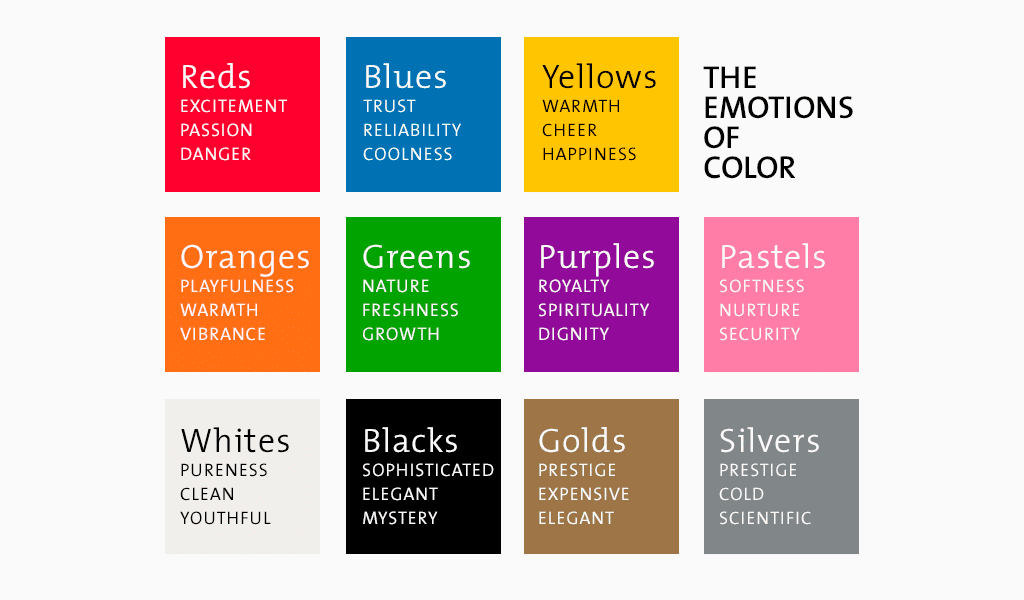
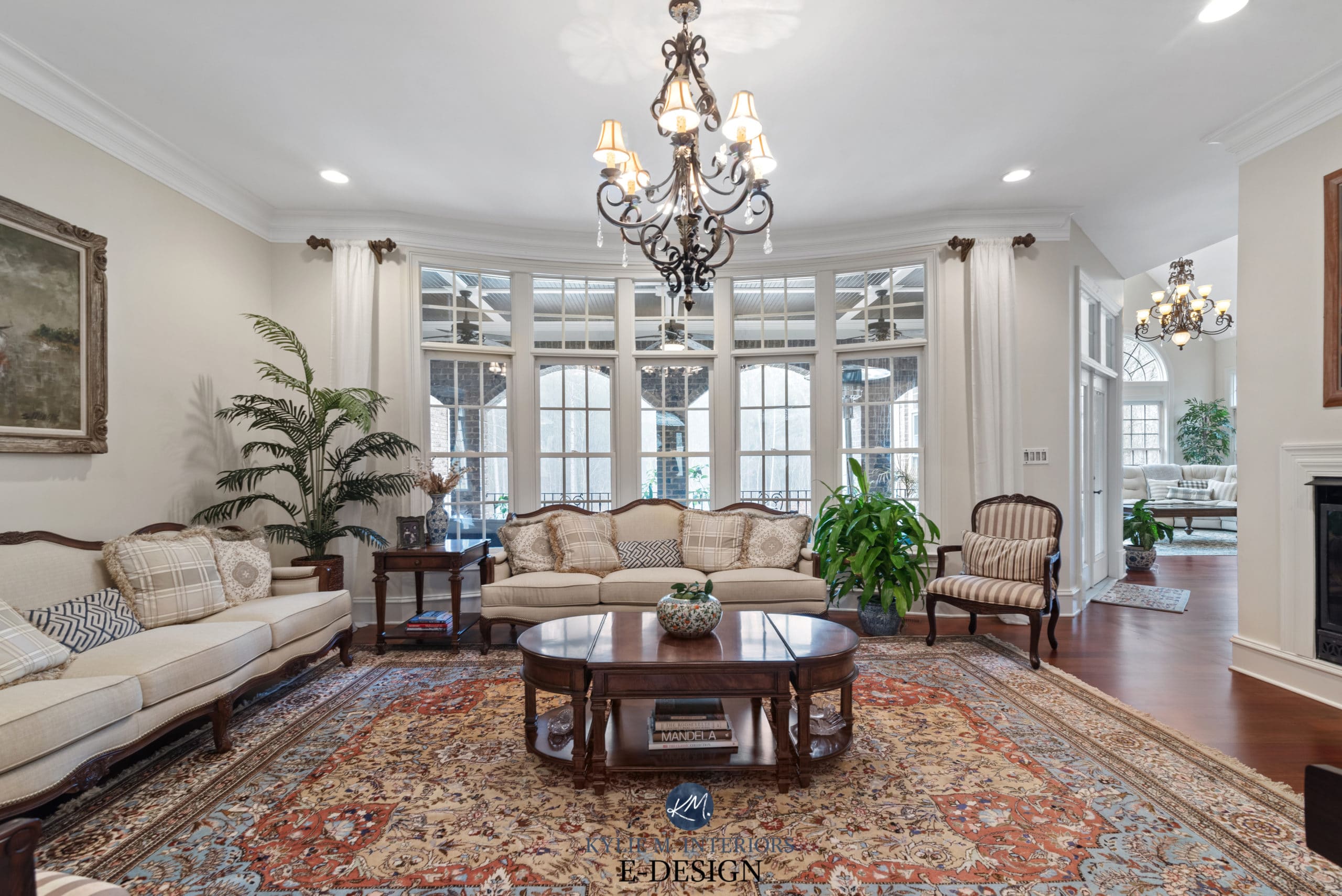
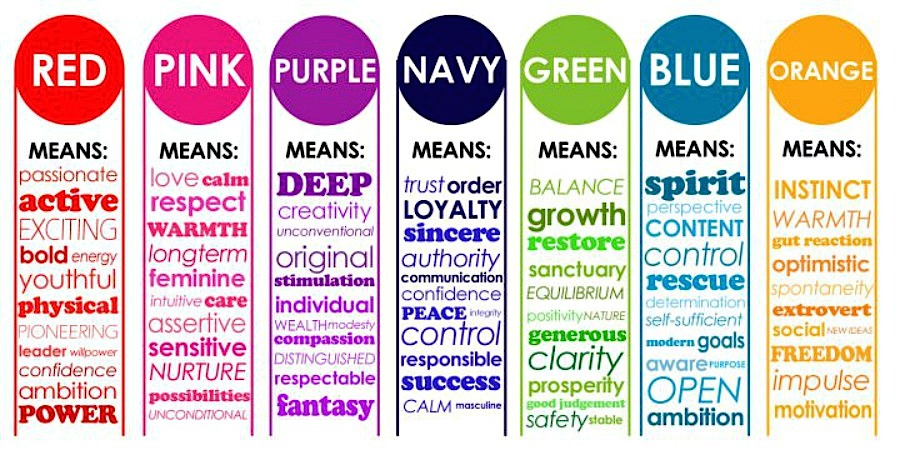






:max_bytes(150000):strip_icc()/showcase-home-interior-looks-inviting--487916813-5accd093fa6bcc00361bb970.jpg)






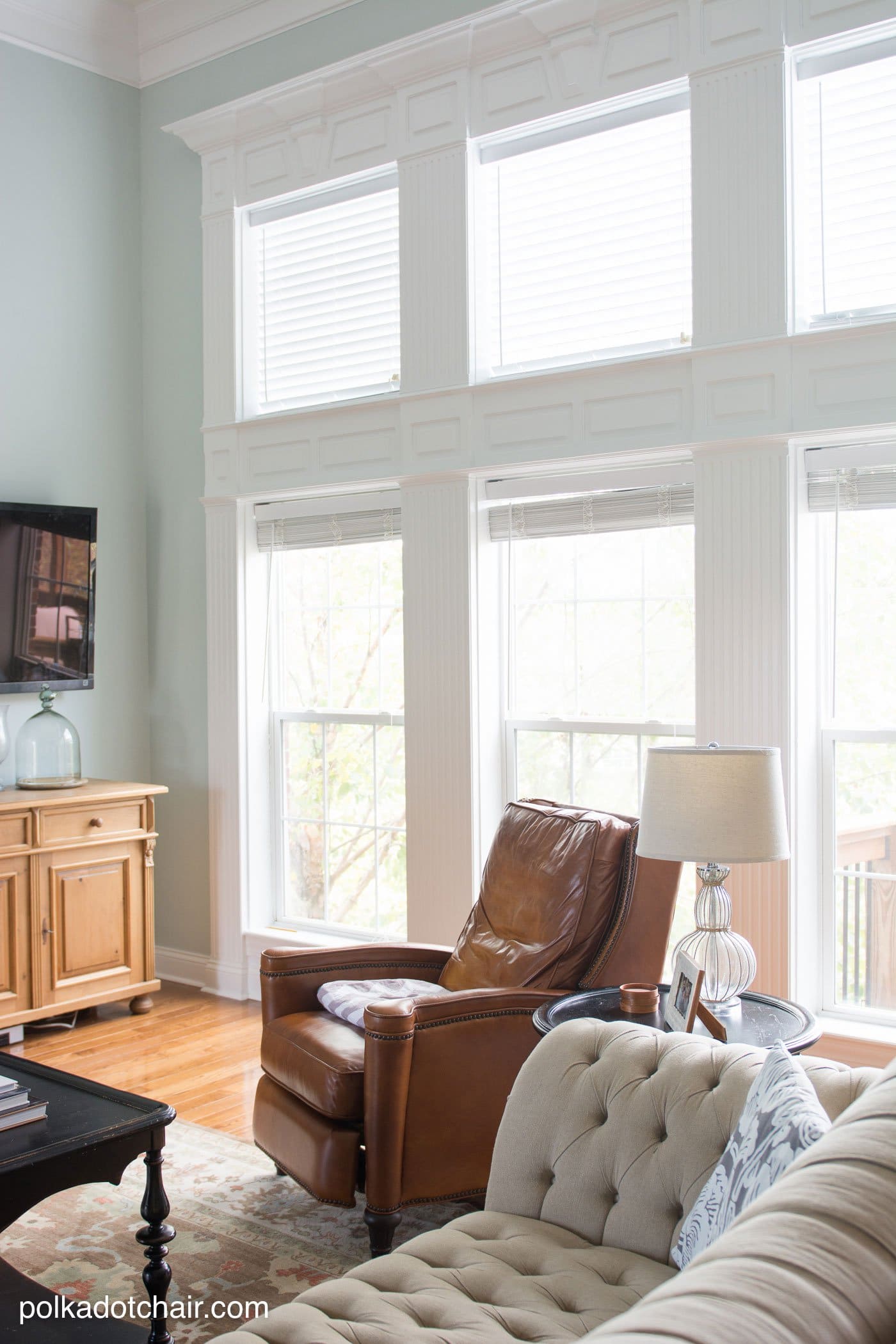

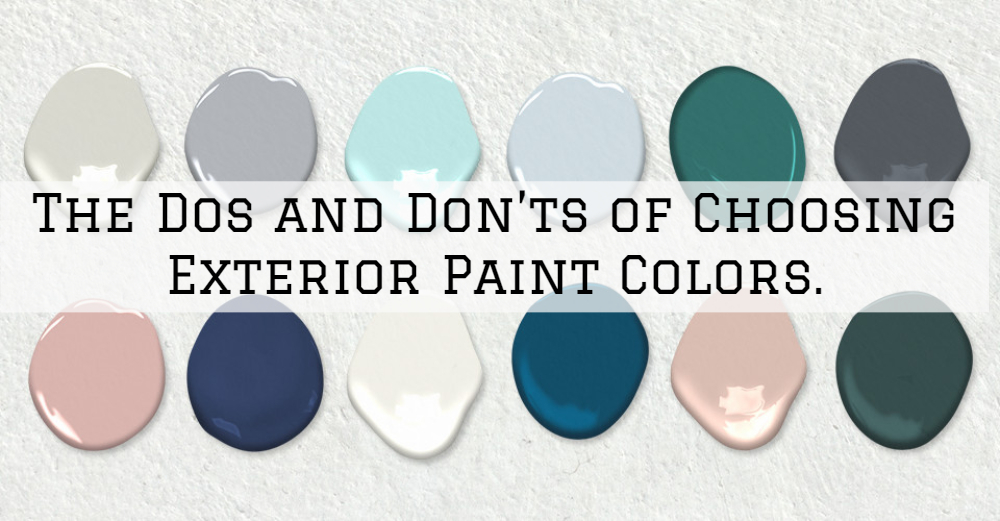






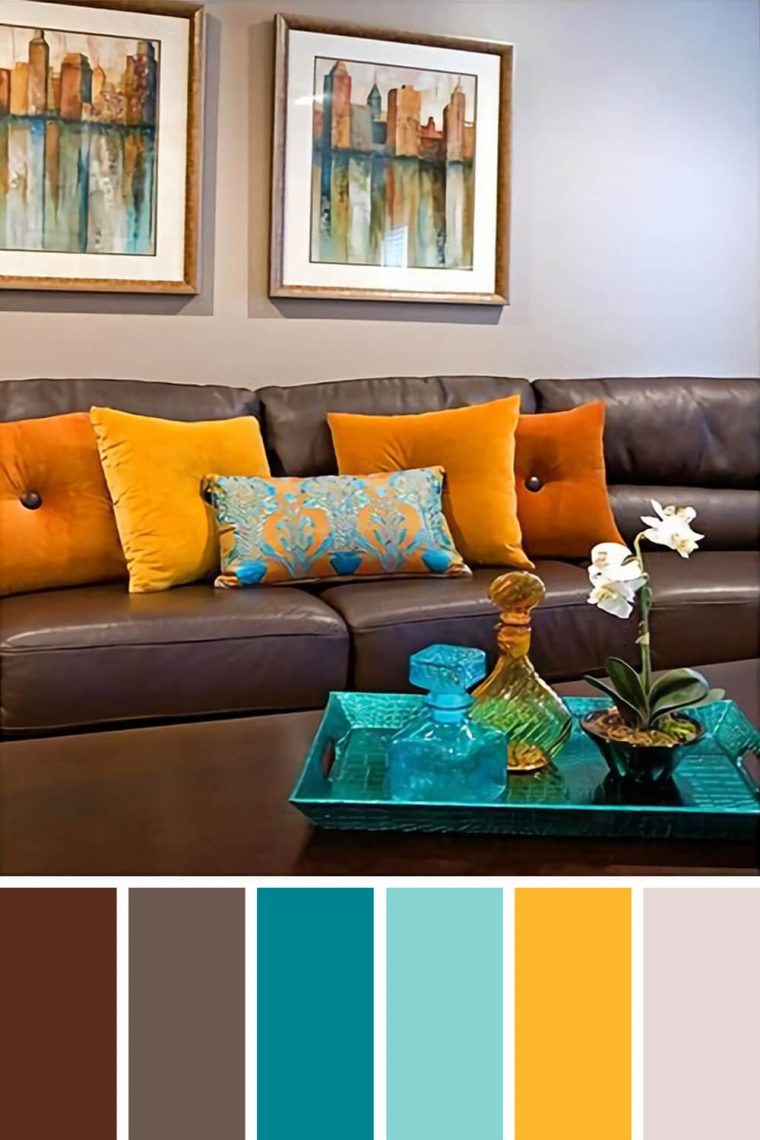
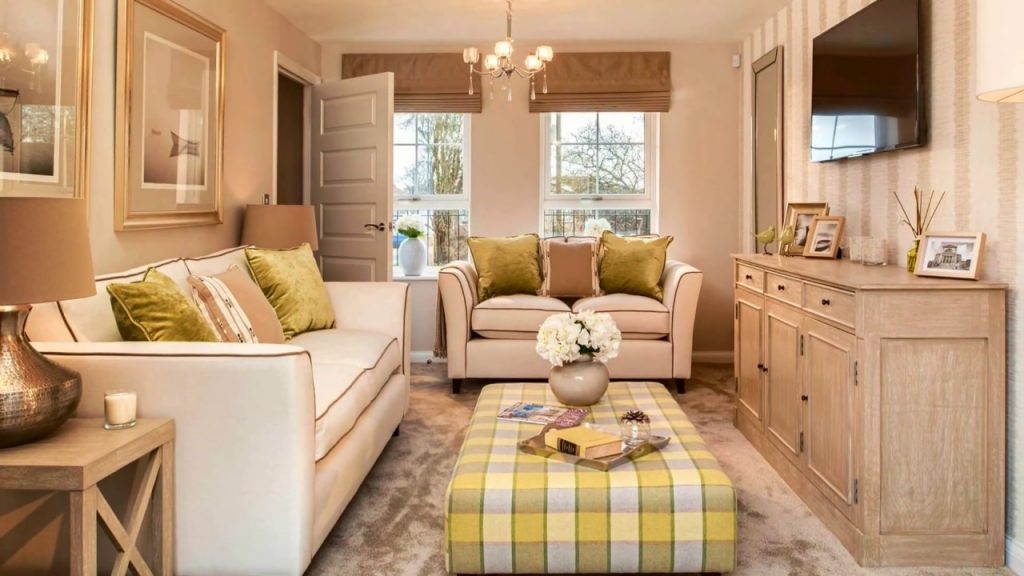

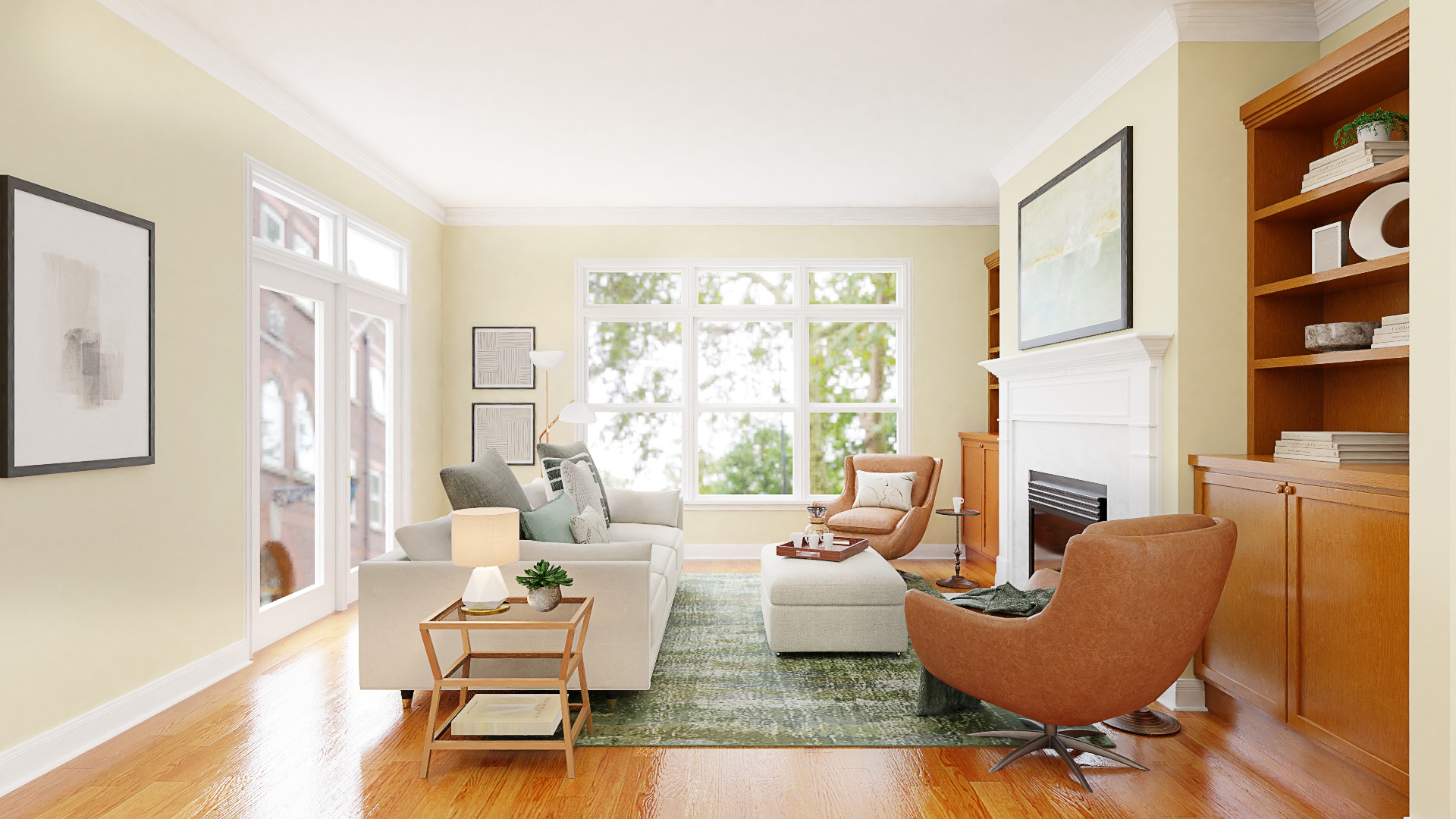
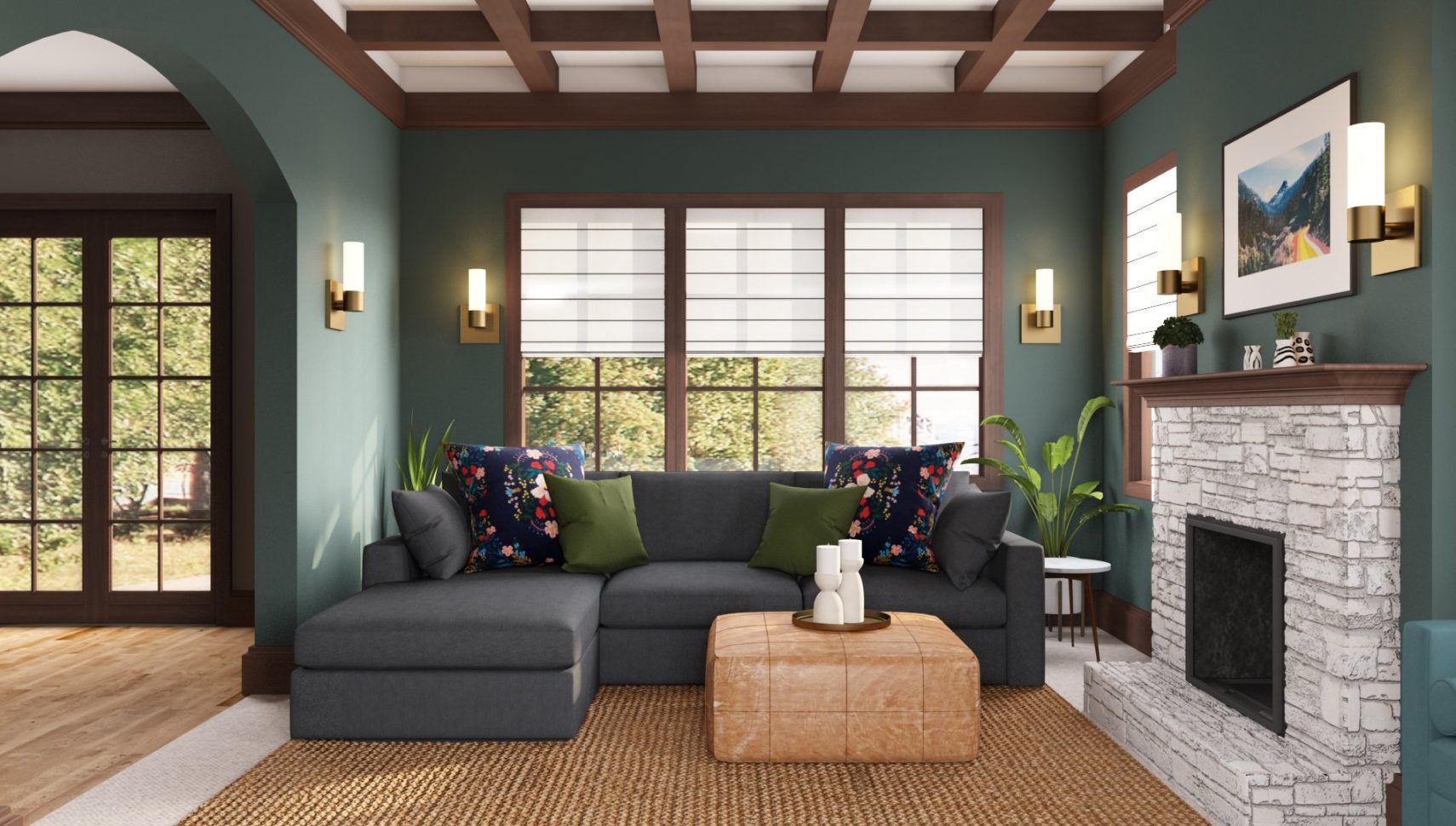


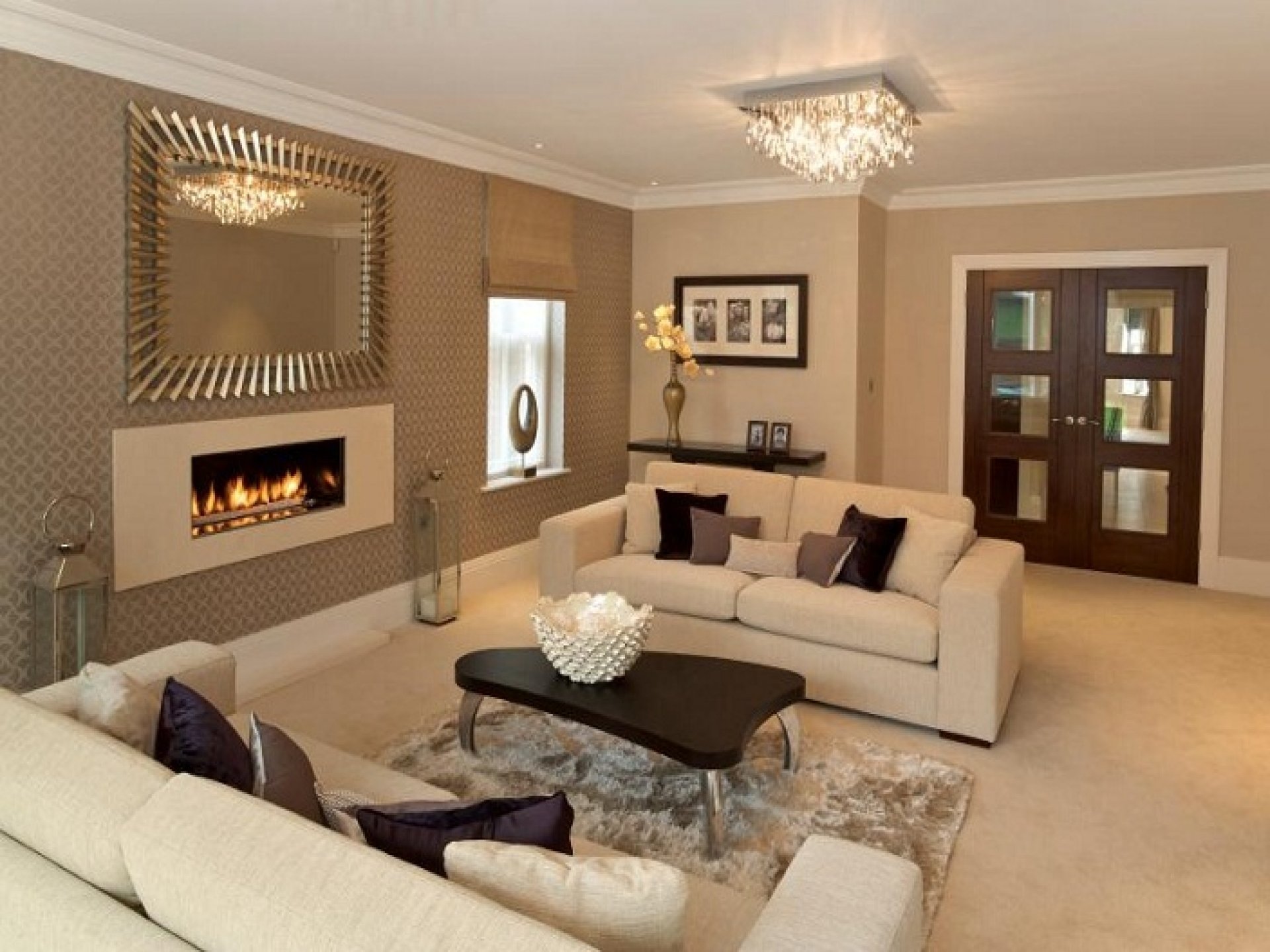
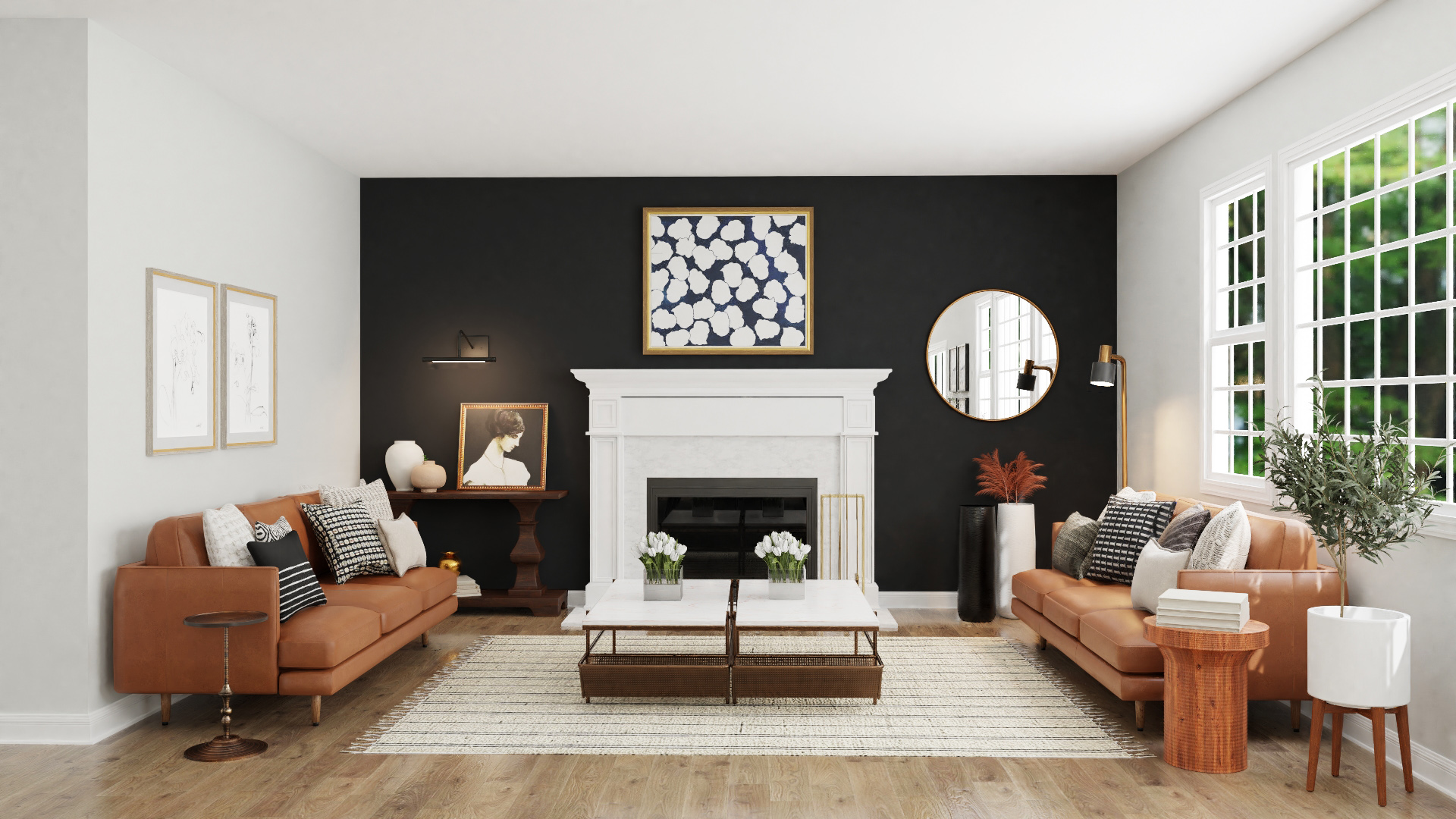
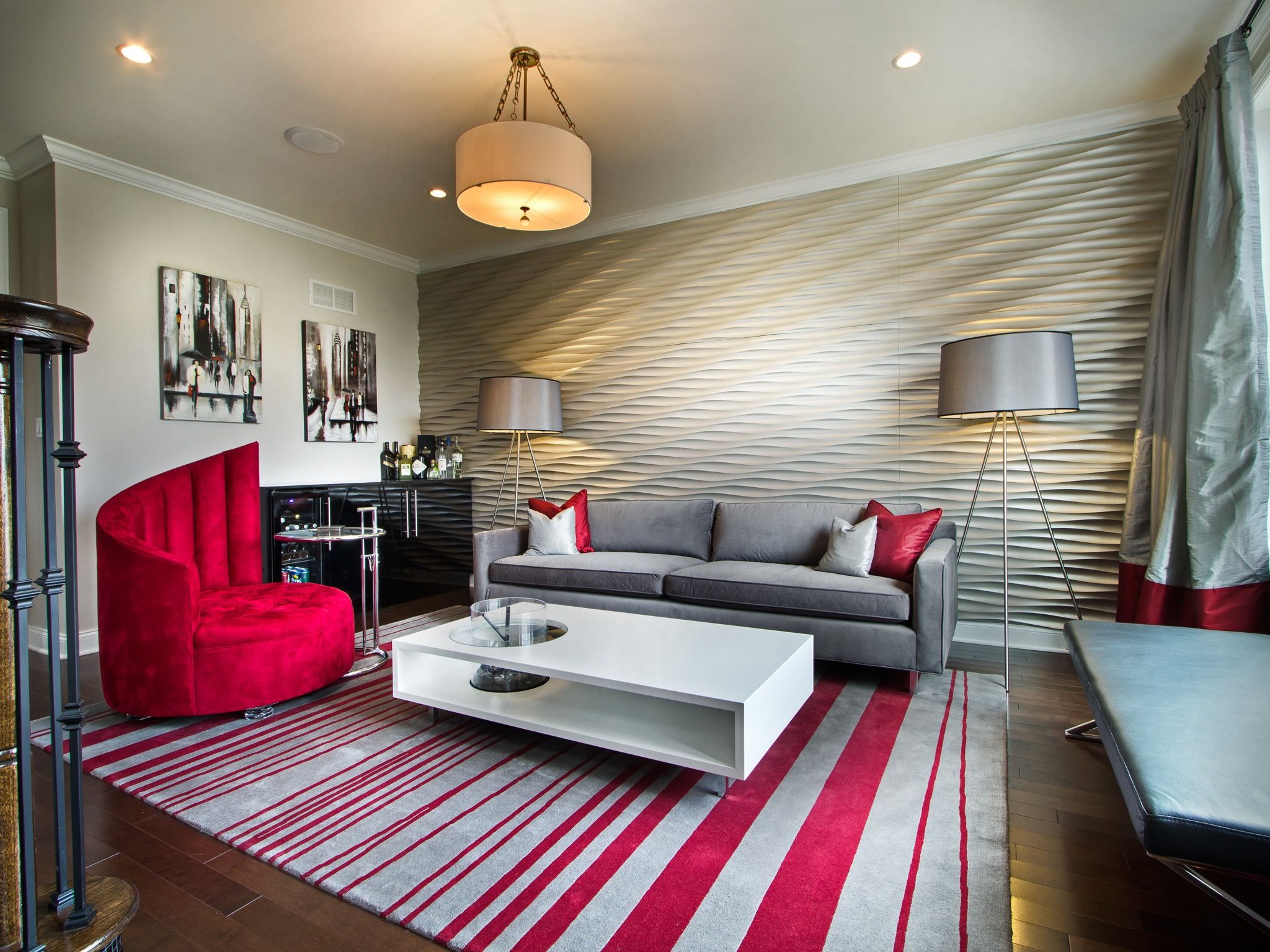

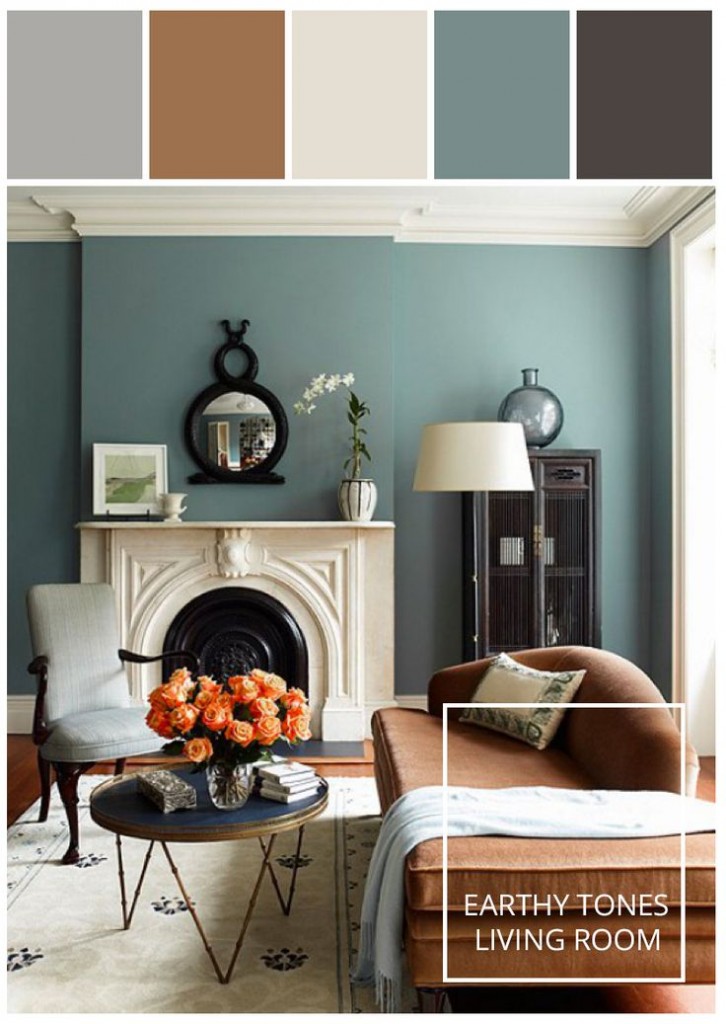

:max_bytes(150000):strip_icc()/choosing-interior-paint-colors-4011484-007-b567461297e44c4f8a84f1088e1f40ea.jpg)

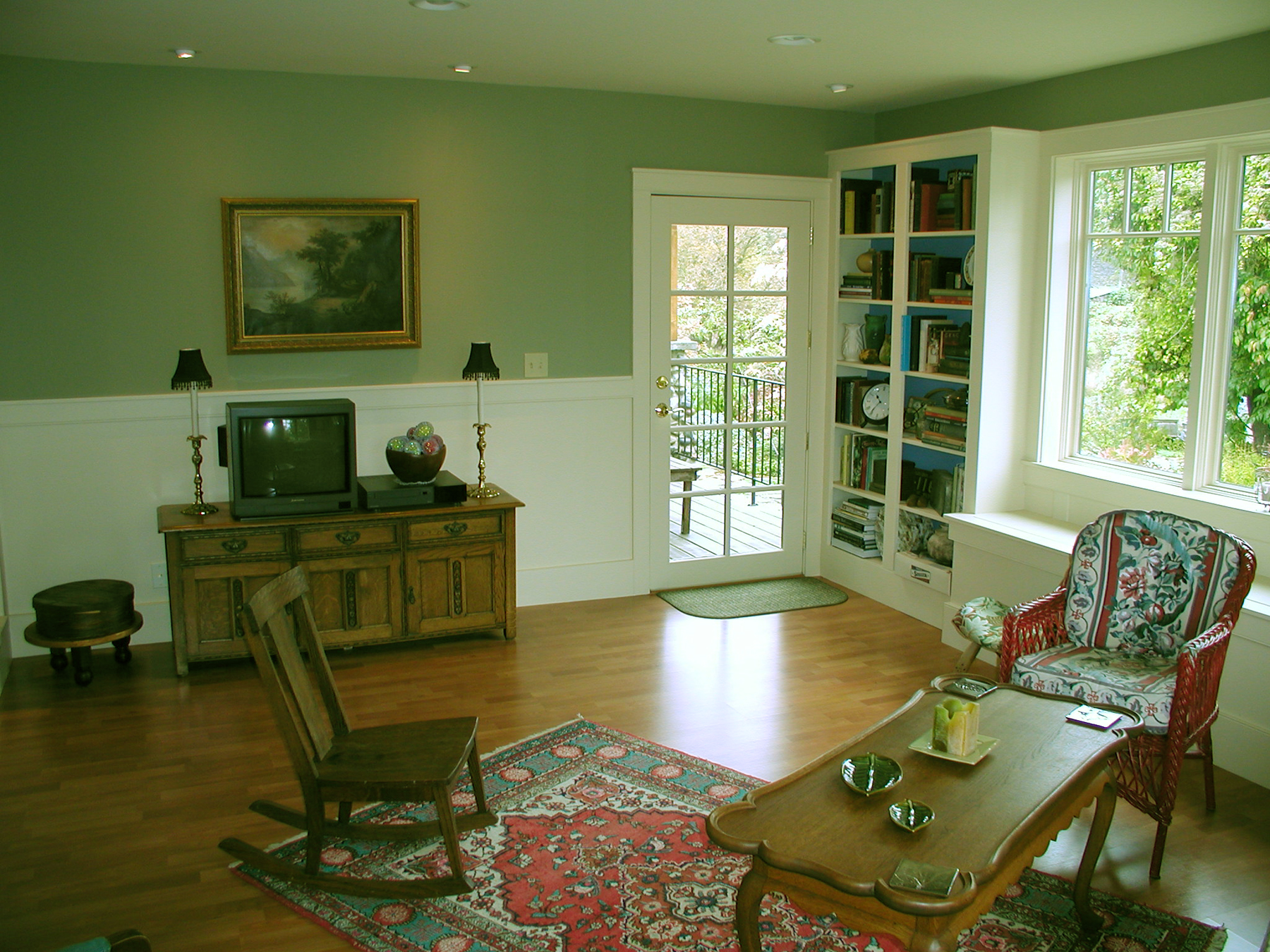
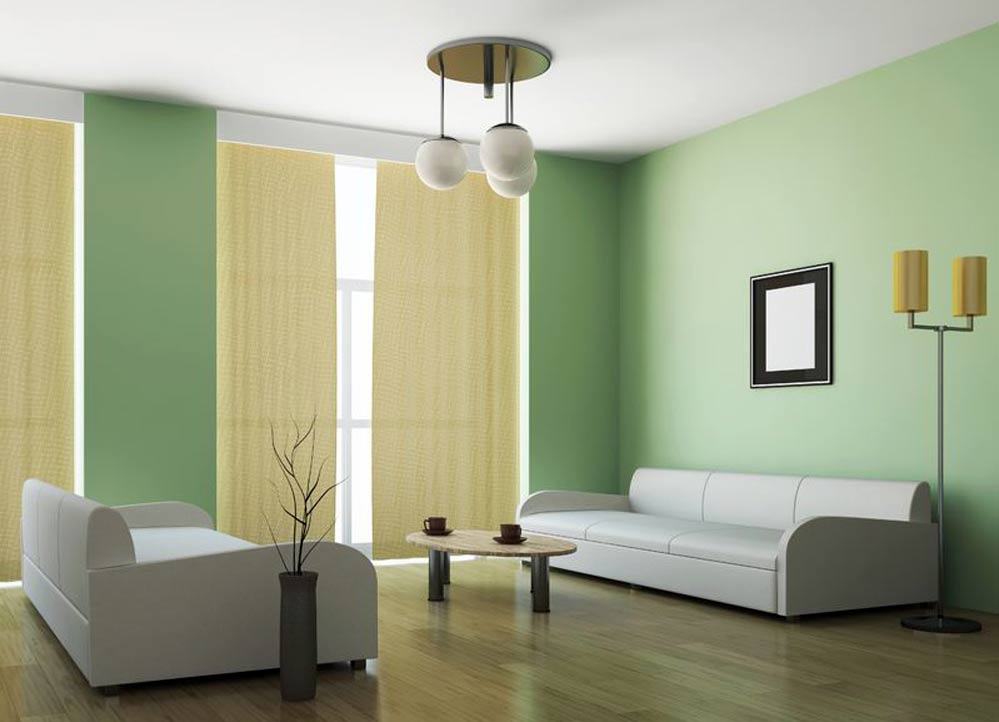

:max_bytes(150000):strip_icc()/GettyImages-188074679-5accec84c5542e0036125d59.jpg)
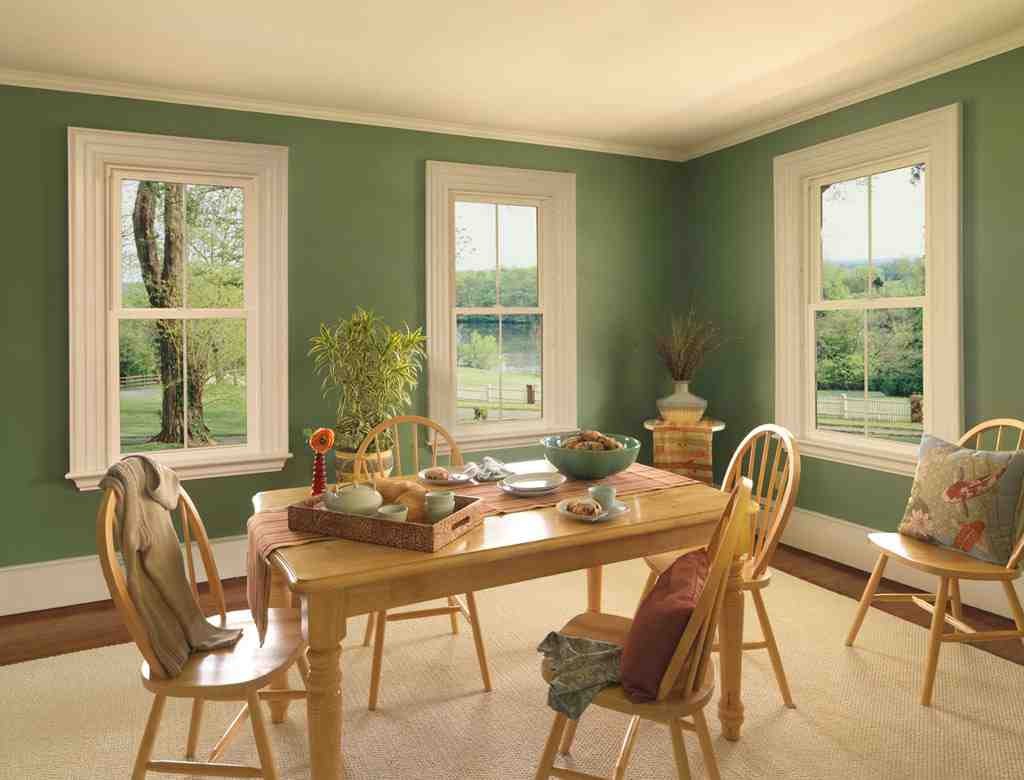



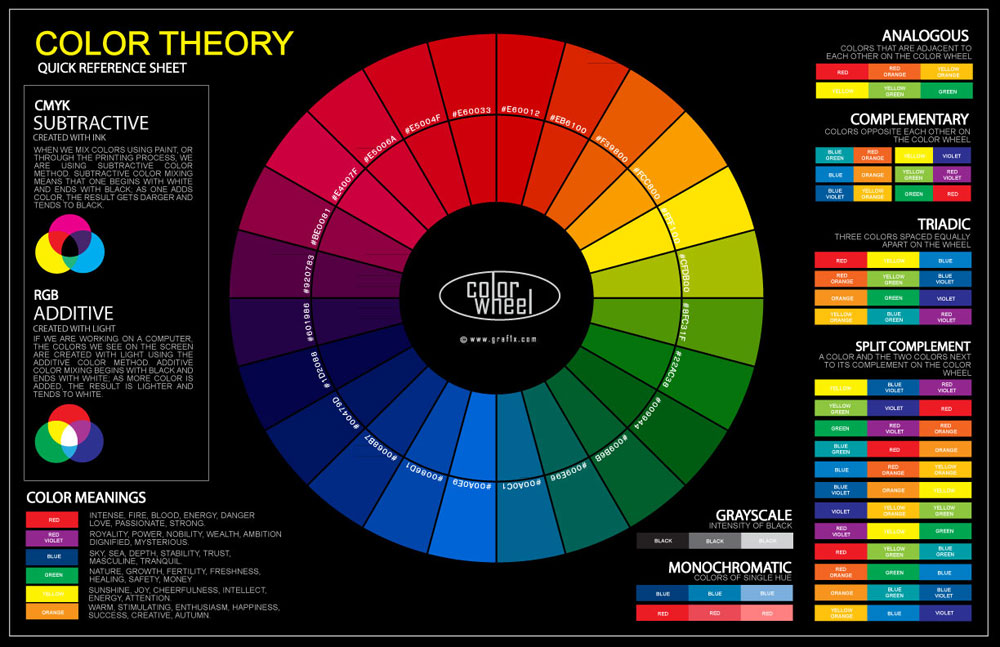

:strip_icc()/color-wheel-color-chart-resized-1ff10eeb63d04978ba4aaa25e62d8c6d.jpg)


/GettyImages-483184711-5bdde0034cedfd00262d22ac.jpg)








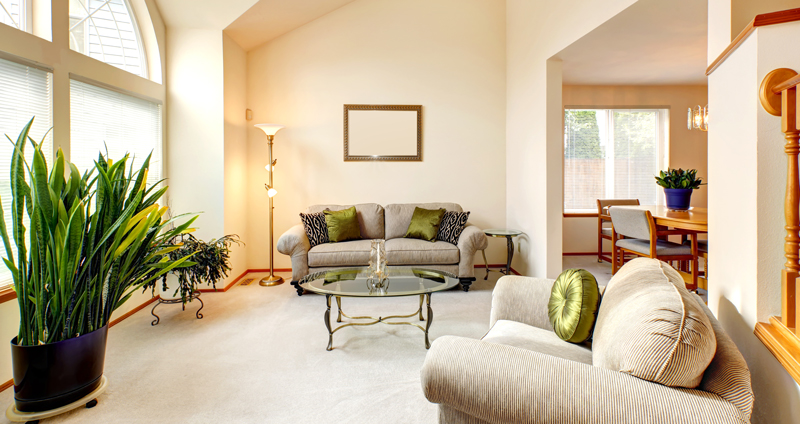
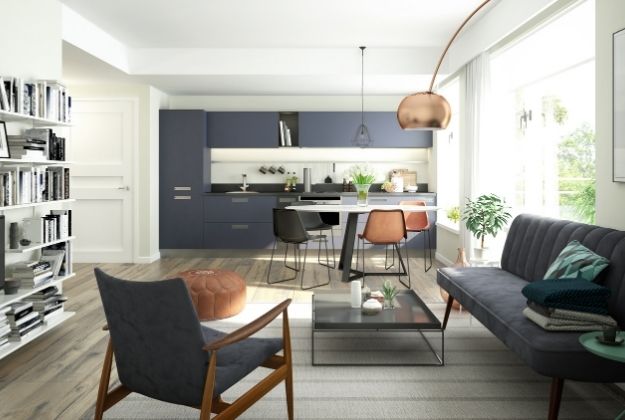
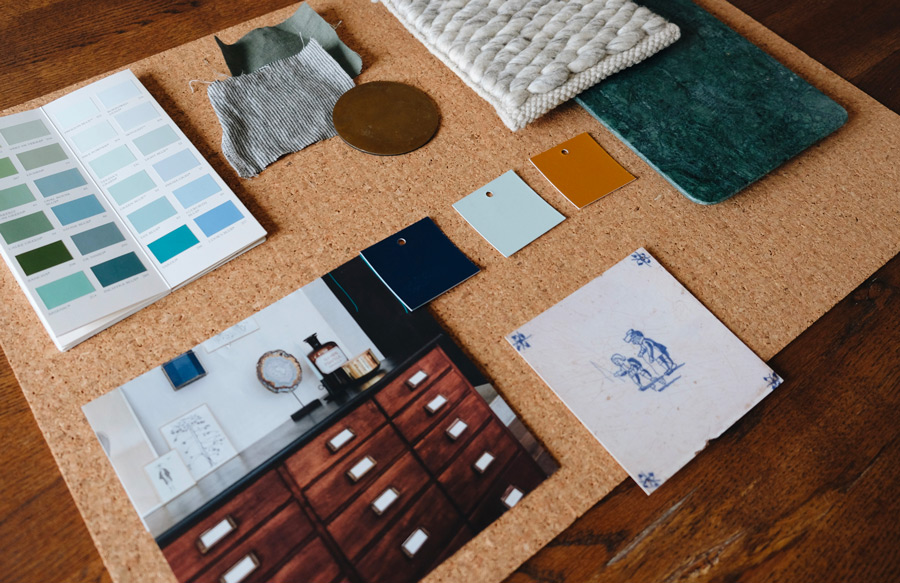


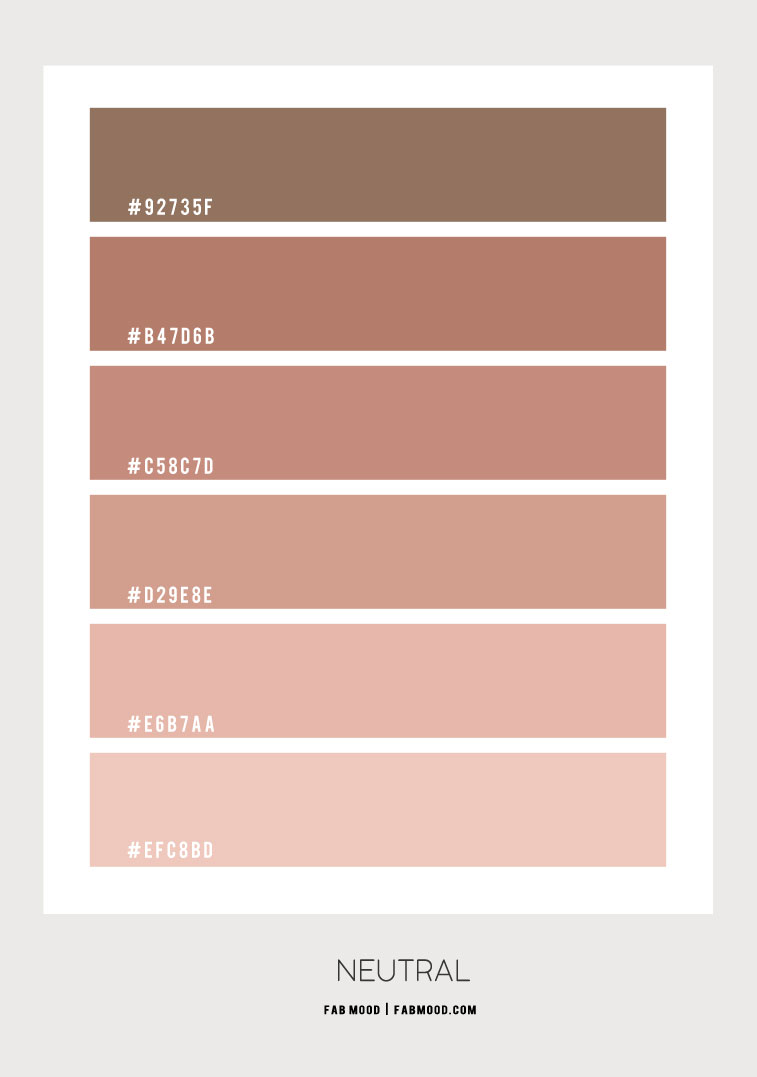

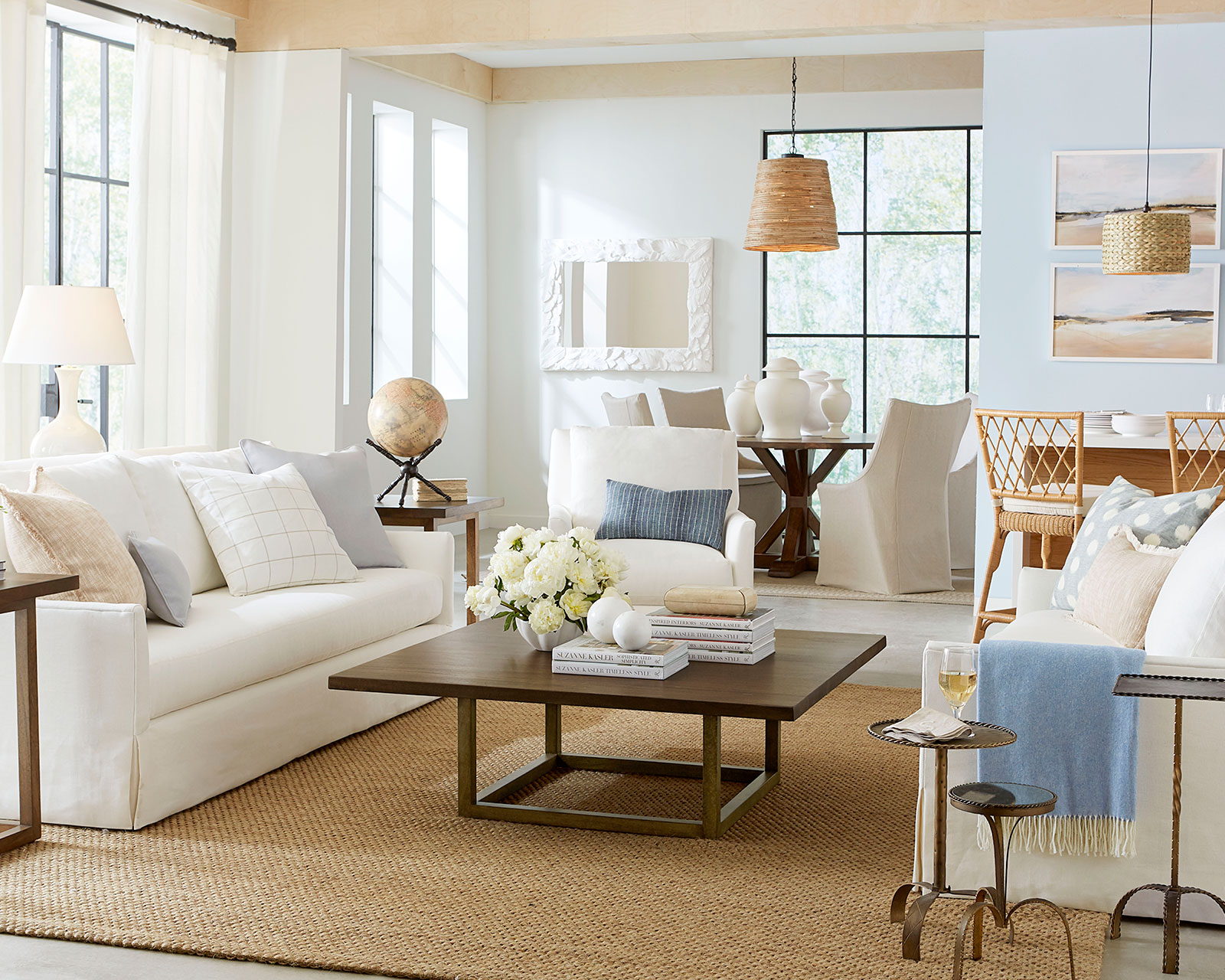
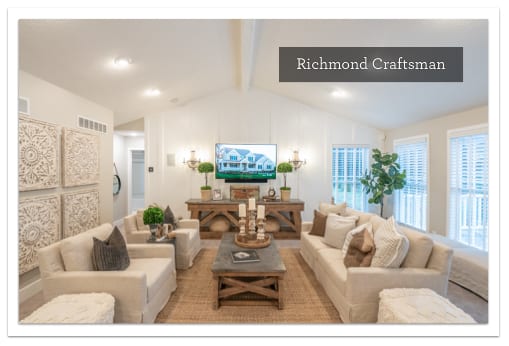

/Neutrallivingroom-GettyImages-568518365-5a6260a87d4be80036ac6b0c.jpg)
/MyDomaine_ColorPalette-Neutral-2-3590678b1c9143e28dd6b536f0a1e008.jpg)
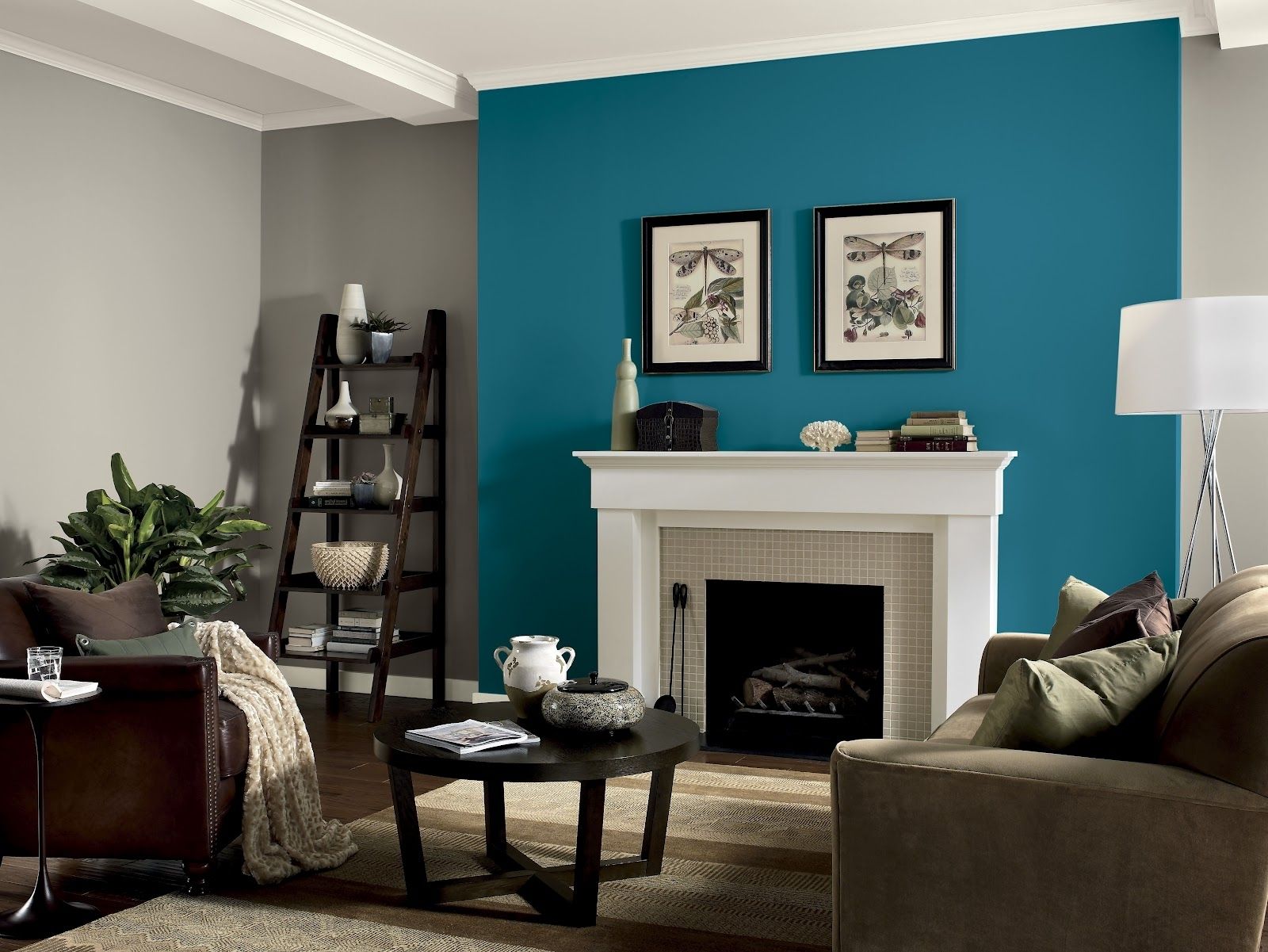

:max_bytes(150000):strip_icc()/MyDomaine_ColorPalette-Neutral-1-fe9a91dcf8814904a630a0d928216bcd.jpg)
/169789002-58a723d63df78c345b930ec6.jpg)



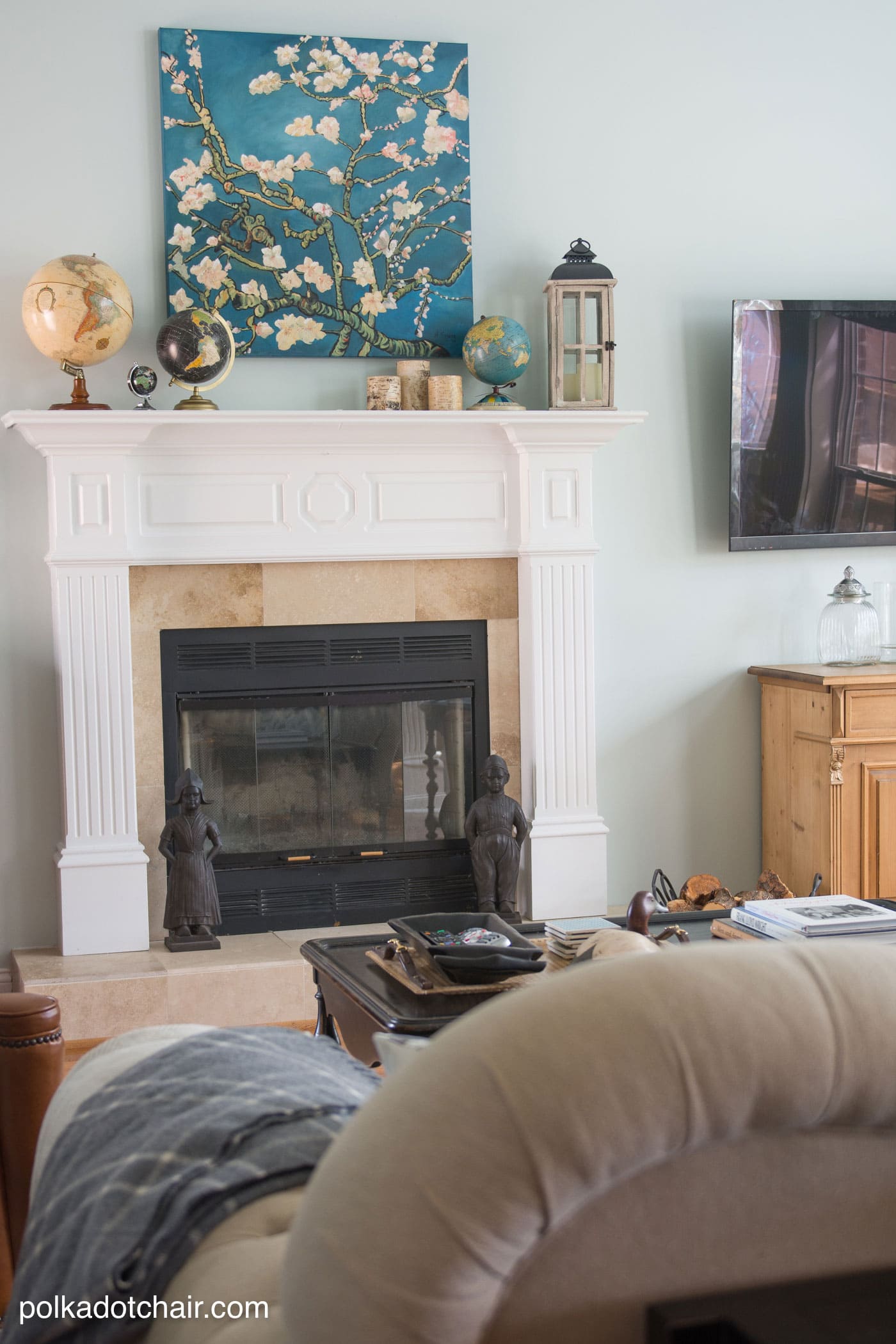

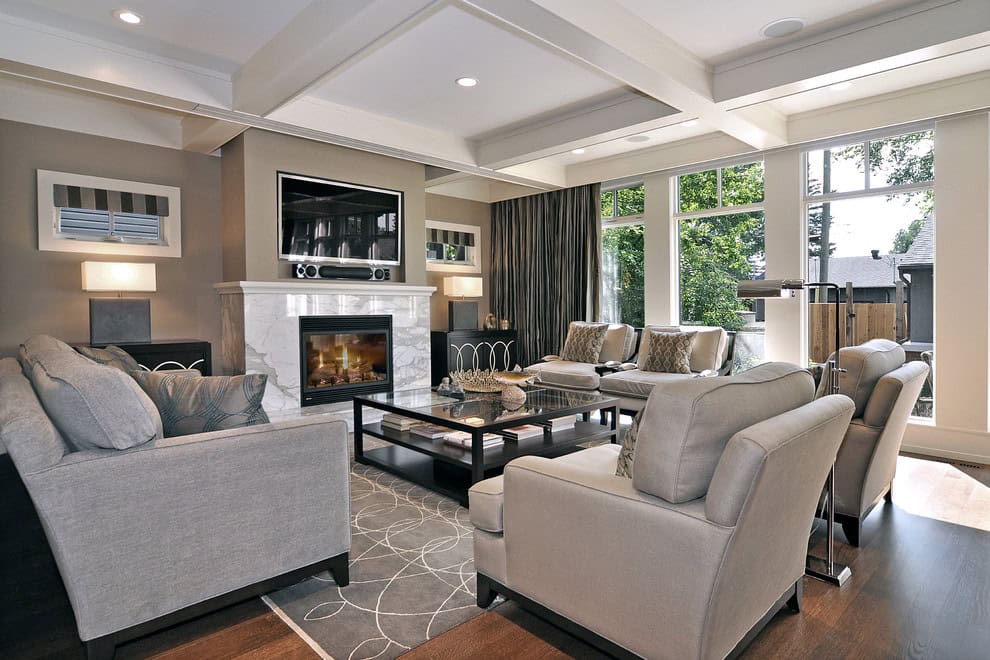









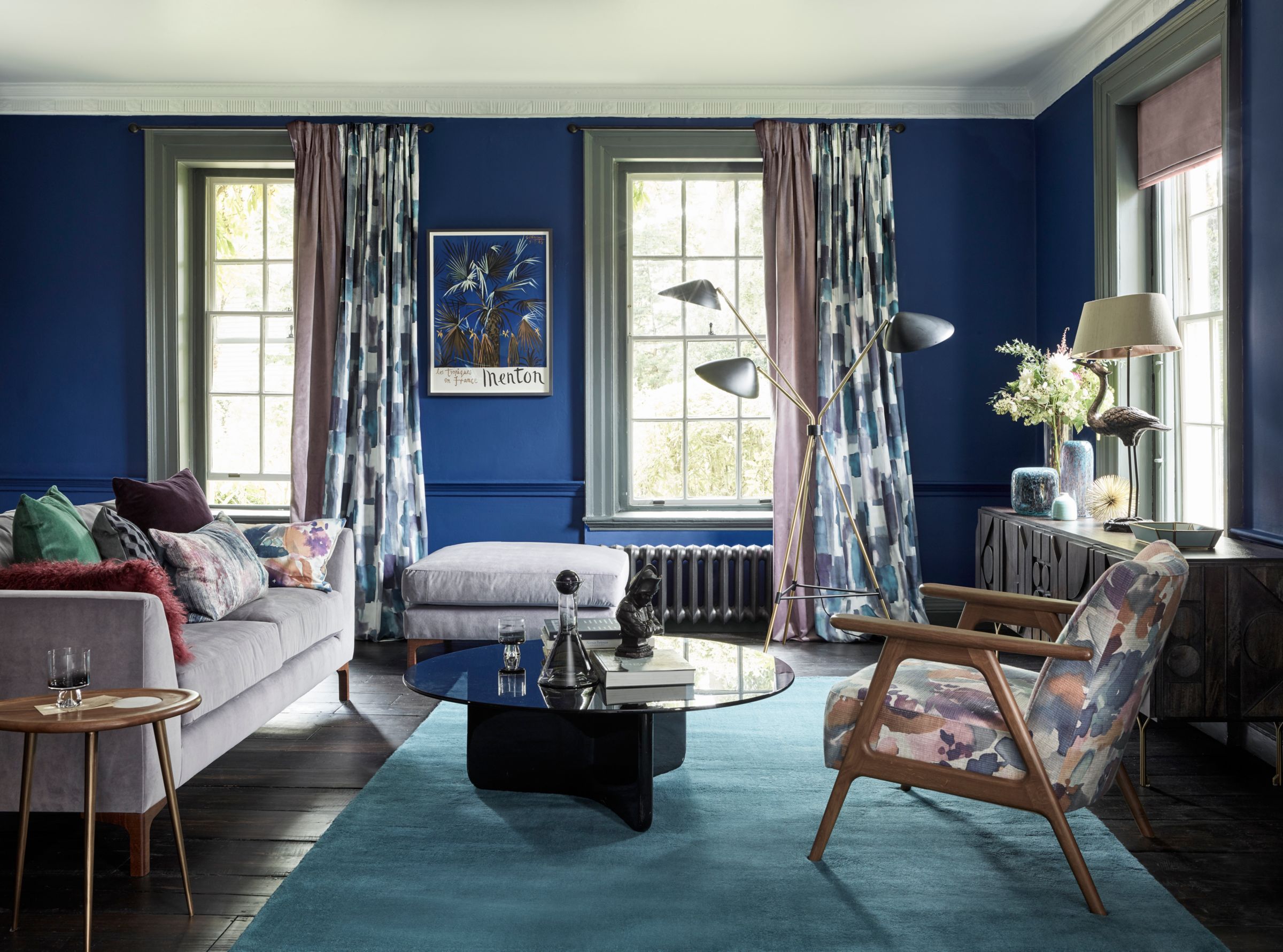



:max_bytes(150000):strip_icc()/ScreenShot2022-09-13at5.29.38PM-fa1b3a8905d54b8aa4c4e7a47c83f8ef.png)


